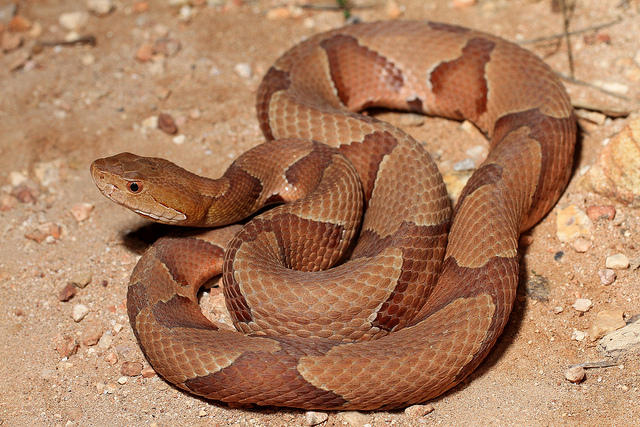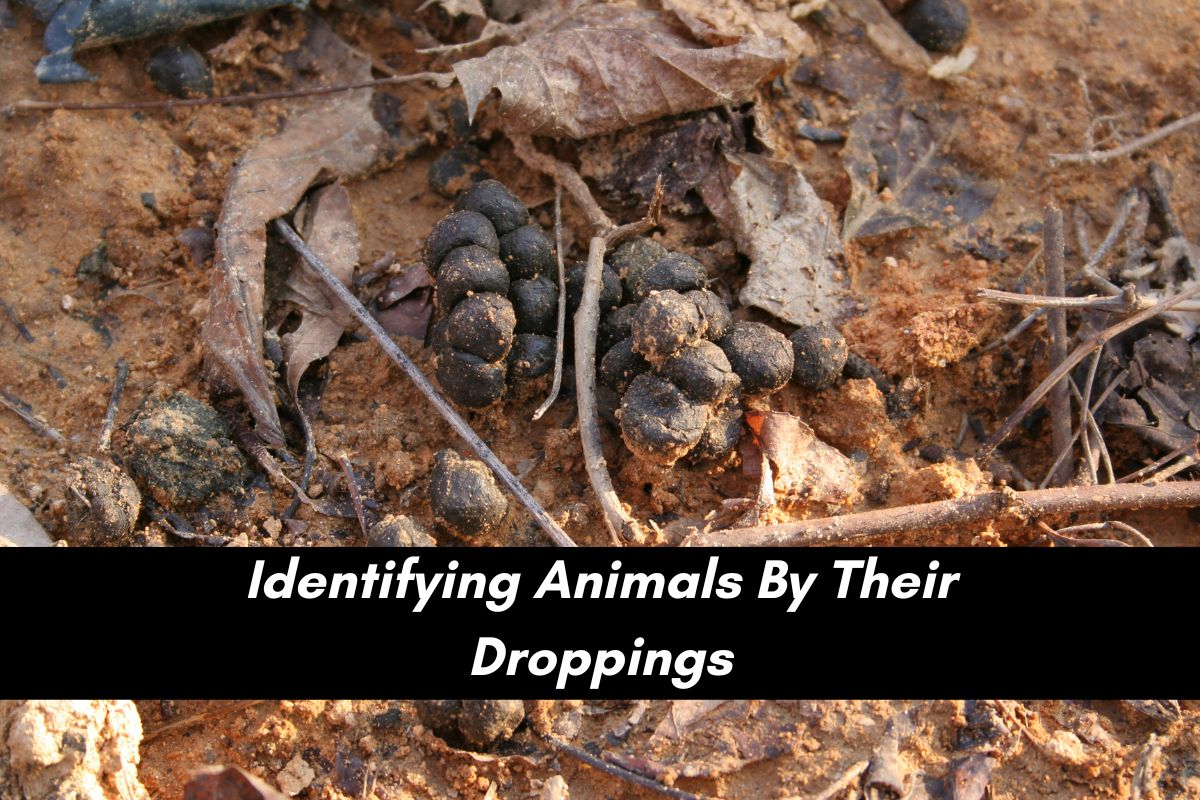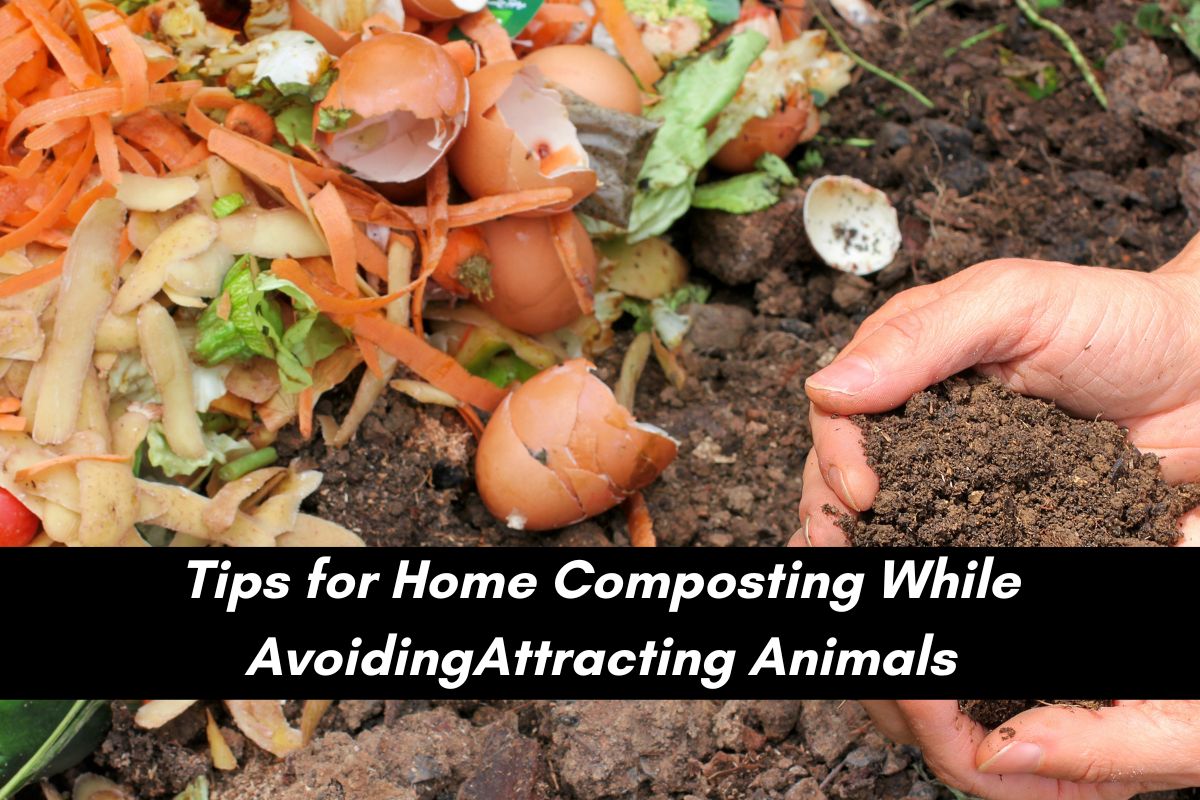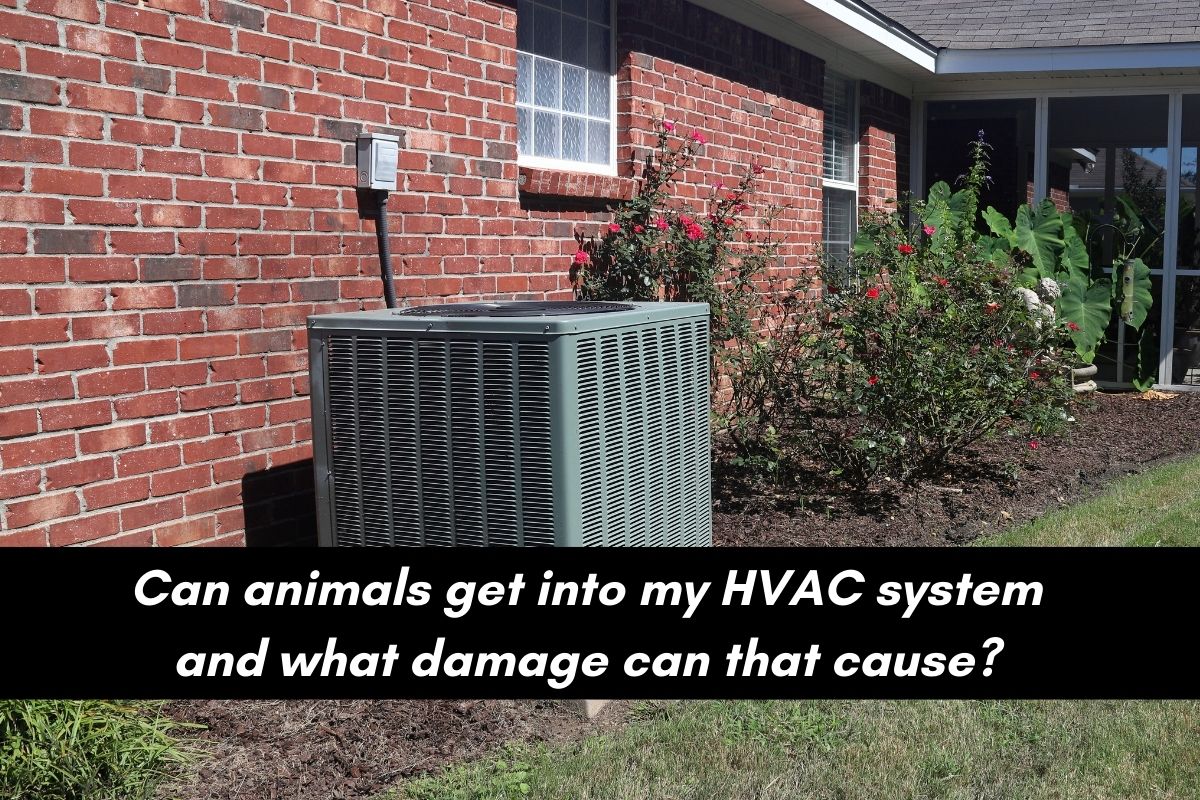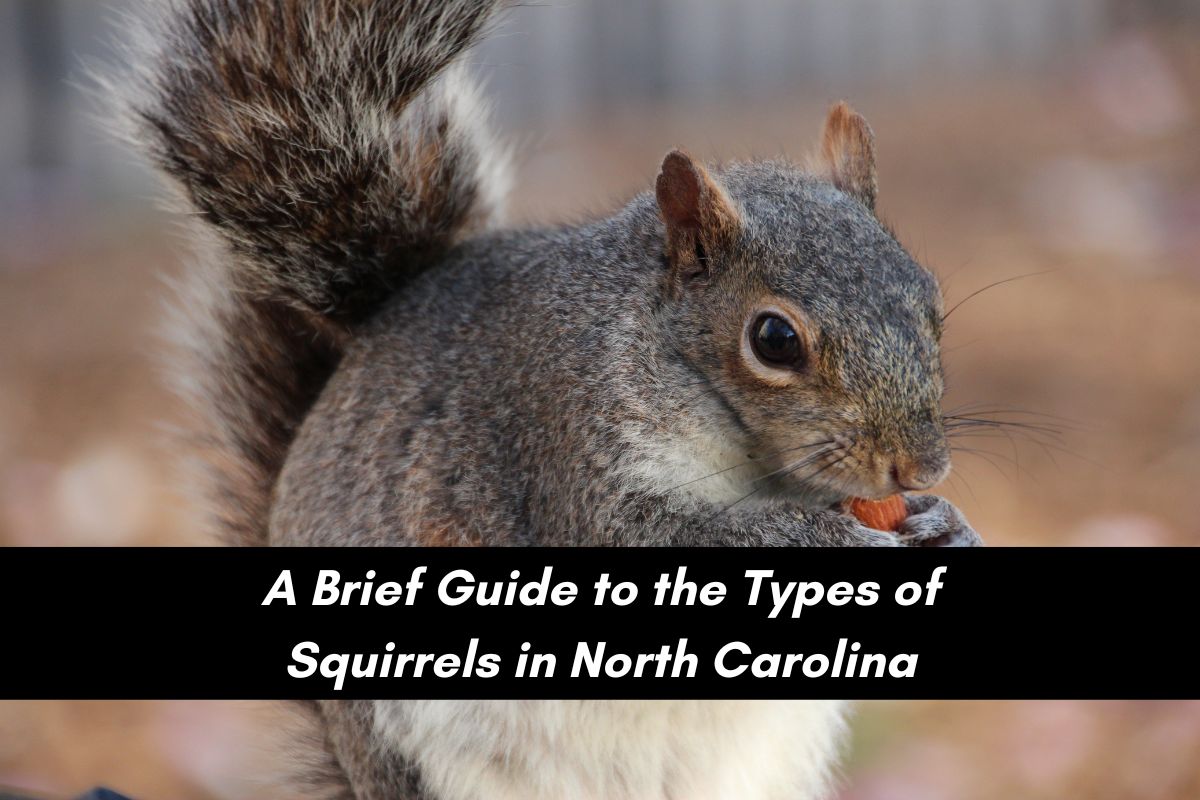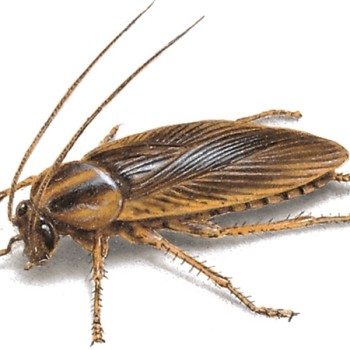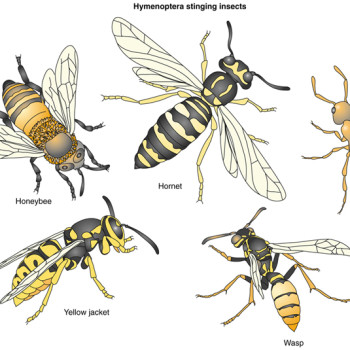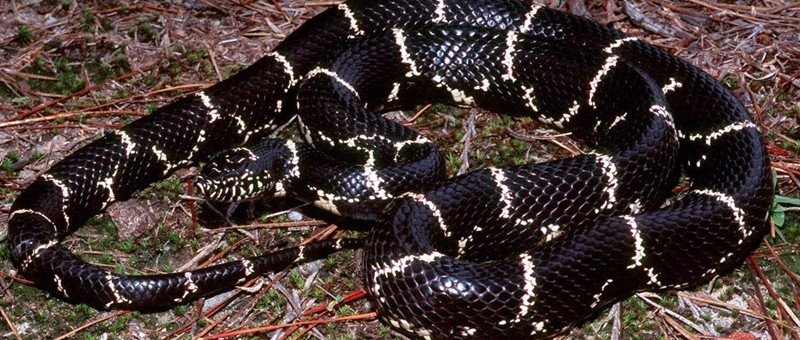
It’s Snake Season in North Carolina
- Posted by AdminBW
- On April 22, 2016
- 0 Comments
Spring’s segue into summer brings North Carolina longer days, bursting dogwoods, and snakes in the grass. There are poisonous snakes in North Carolina! One of the toughest aspects of sharing an ecosystem with our slithering friends is the difficulty most non-snake aficionados can have in identifying which snakes are considered harmless and which are venomous. This confusion often leads to homeowners needlessly killing harmless – and even potentially beneficial (snakes prey on disease-carrying rodents like mice and rats) – snakes out of caution for themselves and their families. And, yes, if you’ve ever had a toddler wandering through knee-high grass, paranoia runs deep and every stick or shadow is suddenly a fanged death-trap until proven otherwise. So, in order to protect parental heart rates and the lives of harmless snakes, here’s how you can tell the difference between some often-confused harmless and poisonous snakes and some ways you can quickly identify if the snake that just sent you scrambling for a shovel is packing venom.
It’s Ok – He’s With The Band
The banded water snake is not poisonous. That’s the good news. The bad news for this species is that it’s often mistaken for venomous and terrifying Water Moccasins (also known as Cottonmouths). The initial issue with confusion between the two snakes is how similar they seem at first glance. Both are often encountered near water, both have dark bodies with bands, both have rough looking scales. The best advice for any snakes encountered outdoors is to back away slowly – 80% of snakebites occur when people try to kill or handle snakes (meaning accidental or “surprise” bites are quite rare).
(Below, a water snake is on the left, a Cottonmouth is on the right.)
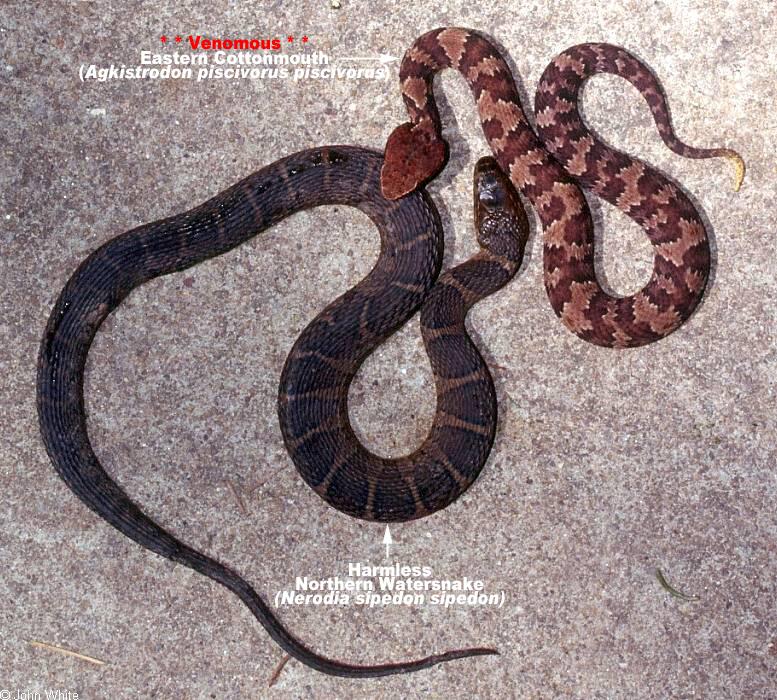
However, if you are up close and personal with the snake and want to be able to identify if this water snake is venomous or not, notice the body type. Water Moccasins have thick and heavy builds – think a piece of firewood. Harmless water snakes, on the other hand, have long slender builds – think a stick. The other telltale difference between the snakes is the head. Water Moccasins have thick, blocky heads and obvious necks, whereas the banded water snake will have slender small heads that don’t seem any larger than their bodies. If you can identify a snake as harmless and non-venomous, don’t kill it; snakes are natural predators of rodents and other pests that can actually do harm to your home and carry diseases.
MORE INFORMATION: Snakes in North Carolina
Just You And Me, Copper(head)
The copperhead snake is the most prevalent venomous snake in North Carolina, being found in all corners of the state. This may contribute to North Carolina’s distinction as being the state that produces the highest number of venomous snakebites in the United States, but it’s more likely this is due to people trying to kill or handle the snake on their own instead of avoiding it or relying on professionals. This is especially important to remember in regards to copperheads, because their initial “warning” is a quick and lashing strike at their threat. This is not an attempt to bite or kill, but the fangs can break the skin. The good news is that copperhead bites are rarely fatal. More good news is that all snakes will avoid contact with humans if at all possible. Even large venomous snakes will instinctively disappear into a hole or crevice if they have enough warning. If you are concerned about a snake presence in your yard, are unsure if the snake you encountered is venomous or not, or if you have snakes in your home, keep your distance, call a pest control service such as Critter Control of the Triangle, and know that help is on the way.
(Below, a Copperhead.)
